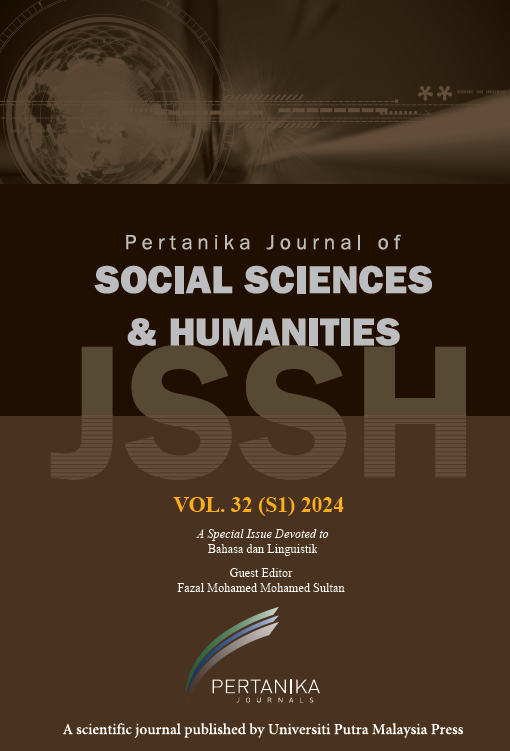PERTANIKA JOURNAL OF SOCIAL SCIENCES AND HUMANITIES
e-ISSN 2231-8534
ISSN 0128-7702
Health Vulnerability Versus Multiple Vulnerability Factors Among Low-Income Group in Malaysia
Nora Muda, Anisa Mohammad Azahari, Faridatulazna Ahmad Shahabuddin, Zamira Hasanah Zamzuri, Noratiqah Mohd Arif, Mohd Aftar Abu Bakar and Nur Riza Mohd Suradi
Pertanika Journal of Social Science and Humanities, Volume 28, Issue 2, June 2020
Keywords: Cluster analysis, healthcare, poverty, social status, vulnerable
Published on: 26 June 2020
Environmentally adverse conditions, poverty, and social status can result in healthcare vulnerability. This paper aims at explaining the health-related expenditure patterns and low-income households’ (B40) characteristics in Malaysia, to identify the health vulnerability factors. Descriptive analysis and k-means clustering methods were employed to obtain demographic information of the low-income group and to cluster the group with different health vulnerability factors, namely (1) medical appliances, equipment, and products, (2) outpatient services, and (3) hospital or in-patient services. Based on the cluster analysis, three groups with different health vulnerability factors were identified. Researchers studied each group’s characteristics and identified that the most vulnerable group comprised those having females as the heads of household and not working (10.5%), having low or no education at all, having the lowest income of RM1027.70, and living in the rural area (59.8%). Their health expenditure was also the lowest in which the average expenditure on medication was just RM16; RM5 for outpatient services and RM1.00 for in-patient services. The other two groups with better health vulnerability were households with higher education level and working for a living. Based on the findings, the authorities should give more attention to this most vulnerable group and prioritise them for better healthcare accessibility and in policymaking.
ISSN 0128-7702
e-ISSN 2231-8534
Recent Articles




